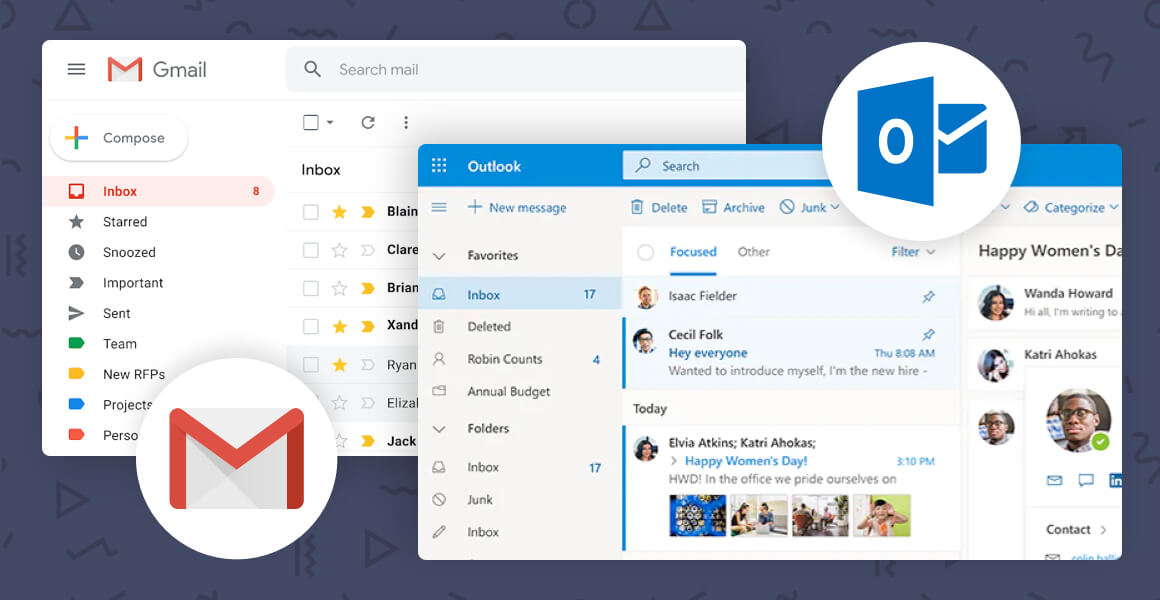
- ORGANIZING TASKS IN OUTLOOK HOW TO
- ORGANIZING TASKS IN OUTLOOK ARCHIVE
- ORGANIZING TASKS IN OUTLOOK PROFESSIONAL
Master Filtersįilters are powerful to keep emails out of your primary inbox and organize them into folders instead.
ORGANIZING TASKS IN OUTLOOK ARCHIVE
Choosing Send and Archive will instantly archive the email, clearing space in your Gmail. From then on, you'll see two buttons whenever you respond to a message - Send and Archive and Send. This method ensures already-acted-upon emails aren't cluttering your inbox - use Gmail's "Send and Archive" feature.Ĭlick the Settings gear and follow Settings > General > Send and Archive and select the radio button next to the "Show Send and Archive button in reply." Click "Save Changes" at the bottom. Archive EmailsĪrchiving emails is a fantastic way to reach Inbox Zero. To set your inbox's display density, click the gear icon in the upper right corner and select your best option: "Comfortable" (widely-spaced), "Cozy" (moderately-spaced), or "Compact" (super close together). This trick may seem minor, but it can affect how organized your Gmail looks and feels. Choose your desired settings for each label and click "Save changes." If you decide to hide any labels, you'll see a "More" link in the left column. Under the column "Show in label list," you'll have the option to hide, show, or "show if unread" labels. To change the view settings for labels, click the cog button and go to Settings. Your Gmail will not only look decluttered, but you'll also locate important messages much quicker. Select only frequently used labels to show in the left column of your inbox view.

To nest the label, check the box named "Nest label under" and select a parent label from the drop-down menu. Click "Create new" and name your new sublabel. To create a sublabel, select an email and then click the labels button. You can use them to categorize emails with additional detail - instead of labeling something "Clients," you can mark it as "Clients > Company XYZ." You can further organize your existing labels by setting up nested labels or sub-labels. (Archive it)," and all future filtered emails will land in your archives. Click "Create a new filter" at the bottom of the screen and set your desired parameters (for example, emails with "eBill" in the subject line) before clicking "Create a filter with this search." Then, choose what your filter will do. For messages you want to file away automatically - say, messages regarding a work project or bills, create a filter that skips the inbox.Ĭlick the cog button, open Settings, and click the Filters and Blocked Addresses tab. Not every email needs to end up in your primary inbox. Under the "Inbox tab," use the pull-down menu to choose the type of inbox layout you want.

You should try out different layouts until you figure out which one best suits your needs.Ĭlick the cog button, open Settings, and click the "Inbox" tab. These are arguably the most useful, as one categorizes and the other prioritizes. We recommend choosing either the default or priority inbox layouts. One option is the default layout (tabbed inboxes), the second option is three layouts that put specific types of emails first ("important," "unread," and "starred"), and a priority inbox layout that arranges mail based on importance.

Gmail allows you to customize your inbox's layout.
ORGANIZING TASKS IN OUTLOOK HOW TO
Let's cover specific ways on how to organize Gmail and Outlook to maximize your productivity. Thankfully, both Gmail and Outlook have a ton of intuitive, flexible, and easy-to-implement features for improving your inbox organization - and thus, your email workflow.
ORGANIZING TASKS IN OUTLOOK PROFESSIONAL
It's safe to say our inboxes tend to steal our productivity.Įmail isn't going anywhere anytime soon, so we might as well try to squash inefficiencies so we don't waste too much of our professional time. The average employee spends more than 5 hours on email per day.


 0 kommentar(er)
0 kommentar(er)
